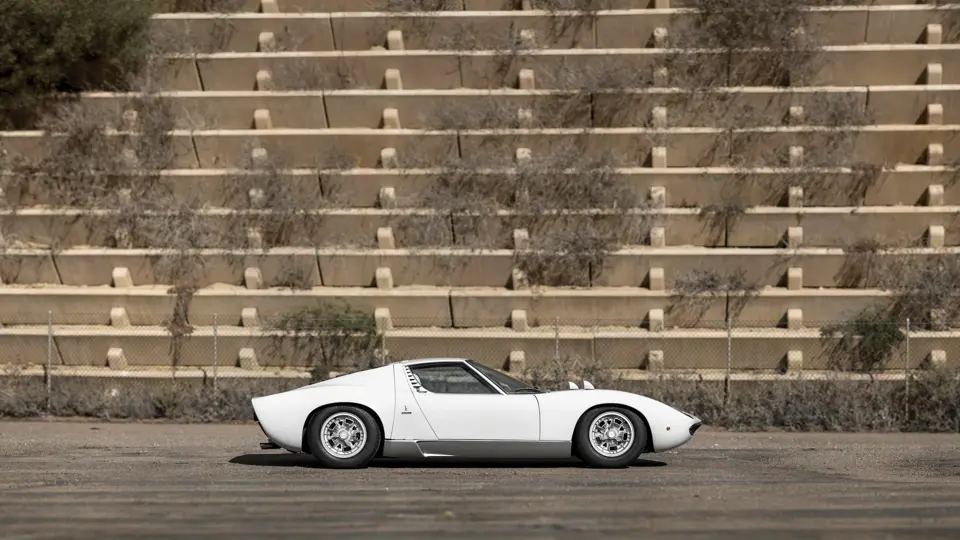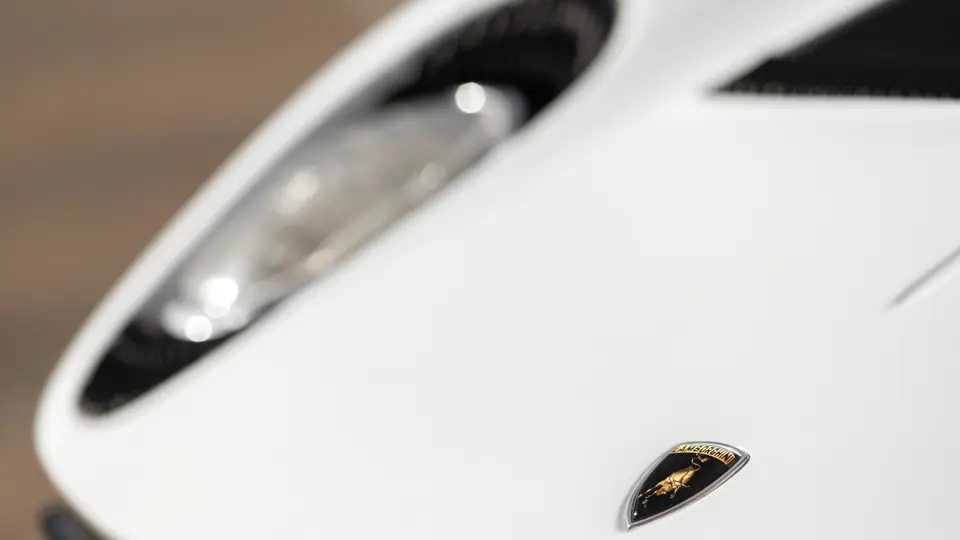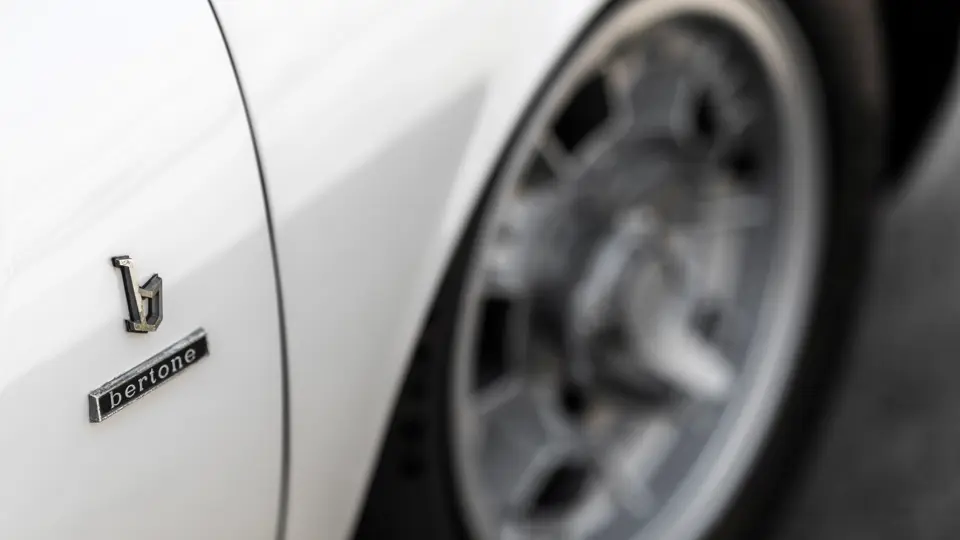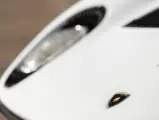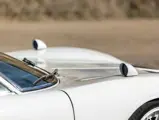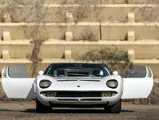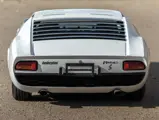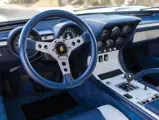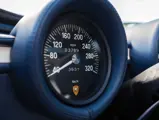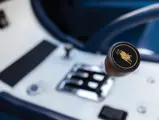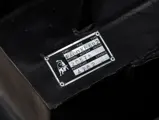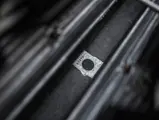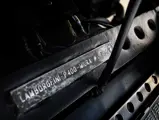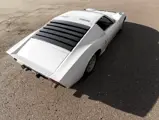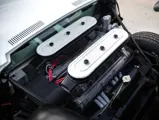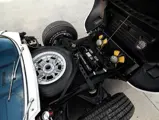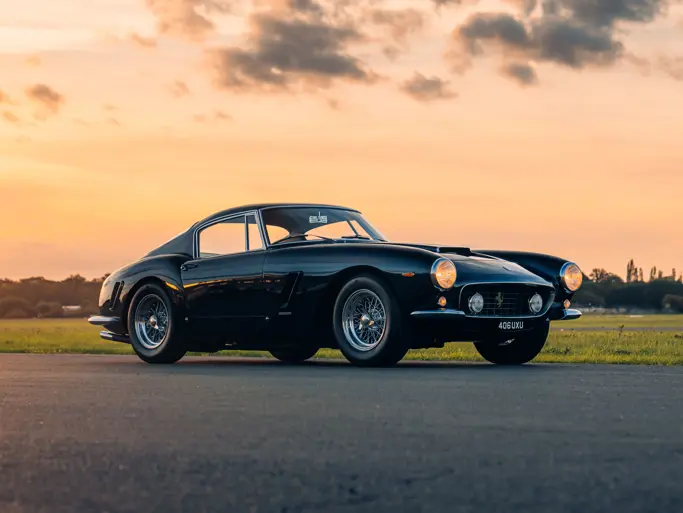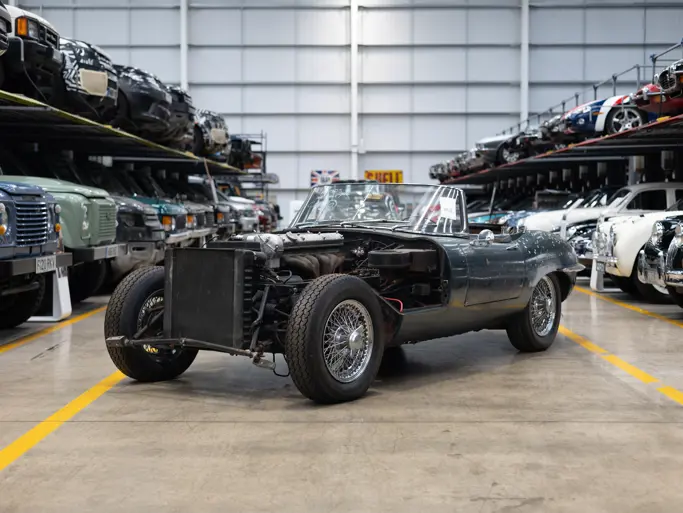370 bhp, 3,929 cc DOHC transverse mid-mounted alloy V-12 engine with four Weber 40 IDL 3C carburetors, five-speed manual transmission, independent front and rear suspension with A-arms, coil springs, tubular shock absorbers, and anti-roll bars, and four-wheel hydraulic ventilated disc brakes. Wheelbase: 98.4 in.
To many, the introduction of the Lamborghini Miura heralded the birth of the “supercar” as we know it. Prior to its introduction in 1966, there were, of course, many cars that offered incredible levels of performance and exclusivity to the privileged few, but there were none like the Miura. It offered a thrilling combination of not only performance and tremendous speed but also design and technical innovation that were meant to shock and awe.
Its Bertone bodywork was penned by Marcello Gandini, and the development team included two brilliant engineers that were privileged enough to work on the Miura at the start of their long careers, Gian Paolo Dallara and Paolo Stanzani. Additionally, the Miura’s chassis was carefully tuned to provide excellent handling and control the Miura’s horsepower, which came at the hands of Bob Wallace, whose name would become inextricably linked with the brand from Sant’Agata Bolognese. Its mid-engined layout revolutionized the industry, and while the Miura was the only performance car of its kind in production, other manufacturers, including Ferrari, would quickly follow suit to remain competitive against this talented upstart.
The year 1968 heralded the introduction of an updated Miura: the P400 S. This model retained the same gorgeous Bertone design penned by Gandini and featured the ongoing updates that were applied over the course of the production run of the original Miura P400.
Visually, what differentiated the P400 S from the P400 were bare-metal headlight bezels, in place of the “eyelashes,” and its chrome-plated exterior window trim, as well as the addition of an “S” badge to the rear. Inside, the P400 S benefitted from higher-quality interior trim throughout and a revised instrument layout with power windows. Adding to interior comfort was air conditioning, which was made available in later models. Similarly subtle changes followed for the drivetrain, which resulted in 20 more horsepower being coaxed from the Miura’s 4.0-liter V-12, bringing total output to 370 horsepower. This was possible thanks to the installation of higher-lift camshafts with revised timing, as well as four Weber 40IDL-3L carburetors. Additionally, the Miura’s splined driveshaft system was replaced with constant velocity joints. For the suspension, the Armstrong shocks were replaced by Koni shock absorbers.
Just like its predecessor, the P400 S’s performance was astounding. Road & Track tested a new Miura for their April 1970 issue and clocked a 5.5-second 0–60 mph time, as well as a top speed of 168 mph, while a later test by Autocar magazine that August cited a top speed of 172 mph.
CHASSIS NUMBER 4782
Chassis number 4782 was the 22nd-from-last Miura S produced of the 388 built between 1968 and 1971. It is officially recorded in Lamborghini’s Factory Records as production sequence number 592 with Bertone body number 692 and engine number 30578, all of which remains today, some 45 years after the car was built.
This Miura S was originally finished in Bianco, with the standard blue cloth and vinyl interior. The order was placed by the well-known official Milan agents AutoElite in October of 1970. Delivery of the car is known to have taken place that December, although the original owner and his or her location is not known. According to the consignor, in 1973, it was observed by journalist Peter Coltrin, who noted that the car was back at the Lamborghini factory and now painted red. It was apparently there for services and repairs after an accident. He further noted that the car retained its blue cloth and vinyl interior.
The owner states that it is believed this Miura remained at the Lamborghini Factory in their client services storage building in an unrepaired state for the next decade before finally being sold on November 5, 1983, to Japan’s most famous Lamborghini collector and enthusiast Isao Noritake of Aichi, Japan. A founder and chairman of the Japan Lamborghini Owner’s Club (JLOC), Mr. Noritake is also the president of the JLOC Racing Team, a privately run professional team that has been successfully racing Lamborghinis with direct Factory support for the past two decades. Noting that the car had, at the time, only 3,700 kms, having been off the road since 1972, Mr. Noritake noted that the car retained all of its original “born with” components. He proceeded to have it cosmetically repaired and refinished to the original Bianco, and he had the interior reupholstered in the present two-tone blue and white, both by the Lamborghini factory in the course of repairs and servicing. Today, if closely inspected, there are still signs in a few hidden areas of the underlying red paint.
Following this work, the consignor notes that the Miura S remained in Mr. Noritake’s private museum, driven only for services and maintenance procedures, for the next 32 years, after which it was acquired by the present owners. With the exception of the cosmetic repairs and refinishing performed by the factory three decades ago, it remains largely as-delivered; in fact, the correct body number stamping appears prominently throughout, as would be expected, and the engine and chassis stampings are correct and original, including both the engine block and head stampings, with the date stamping on the head recording “7 1 70,” or July 1, 1970. In fact, the majority of the chassis and under-hood finishes appear extremely original, aside from cleaning and proper maintenance. The sale of this lot includes both an owner’s manual and a period sales brochure, as well as the tools and jack.
Surely one of the lowest-mileage Miura S’s known, and a desirable late-specification model benefiting from the best long-term ownership, this is an outstanding example of the original supercar.

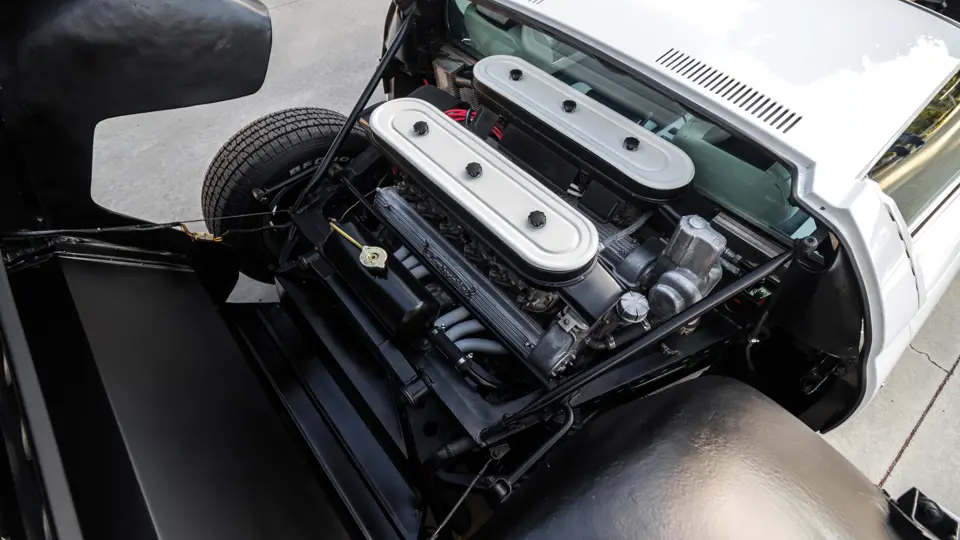


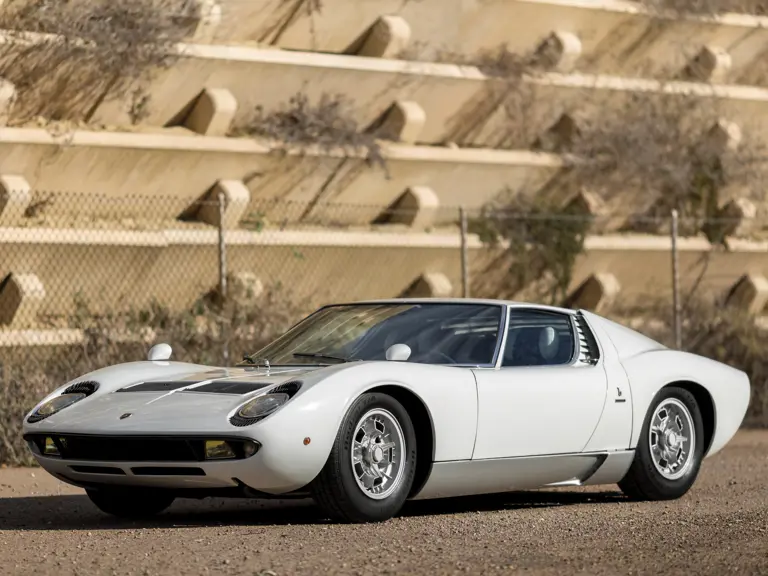
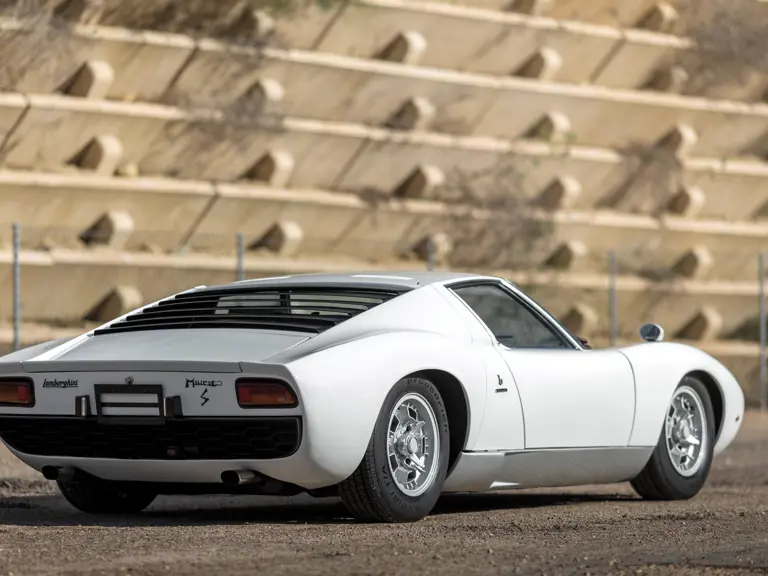

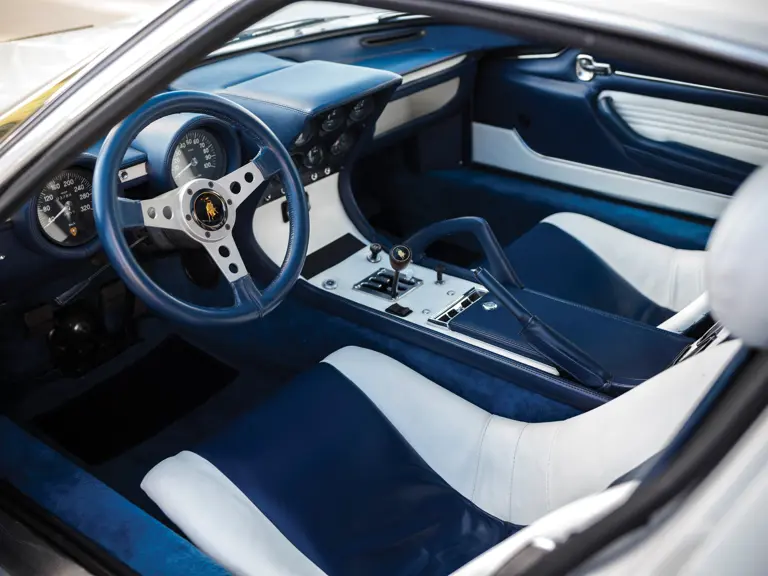
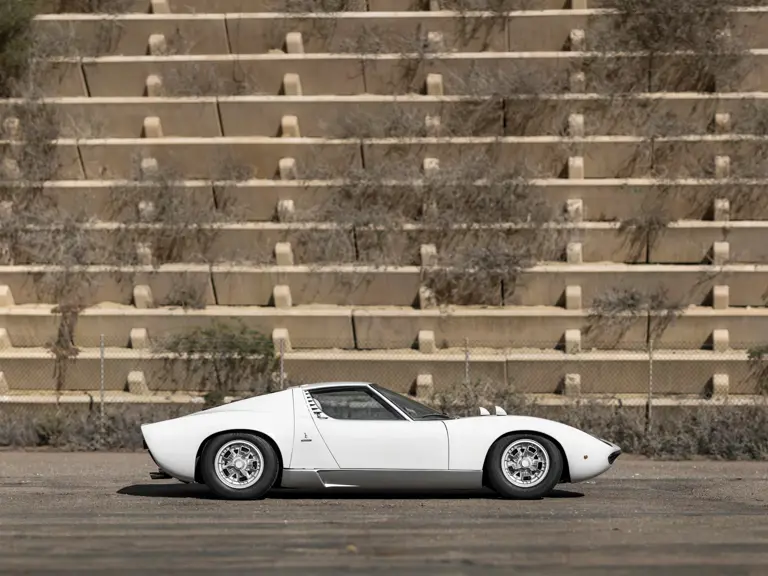

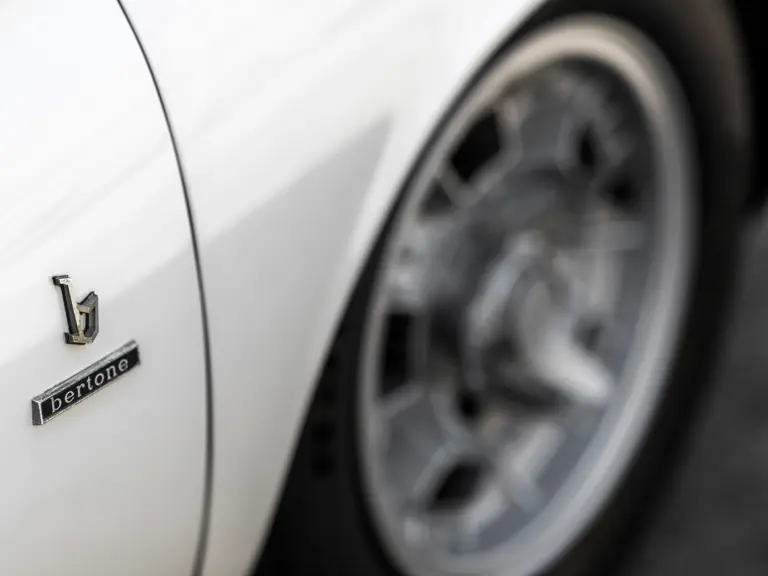

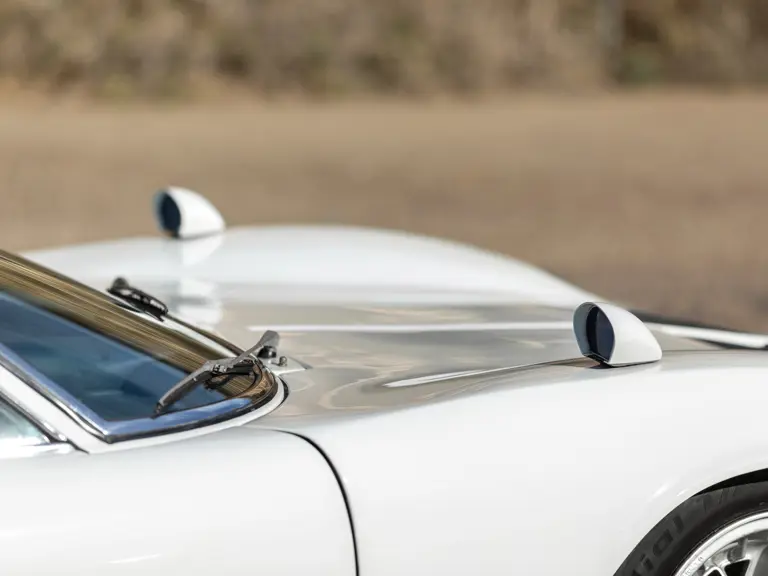

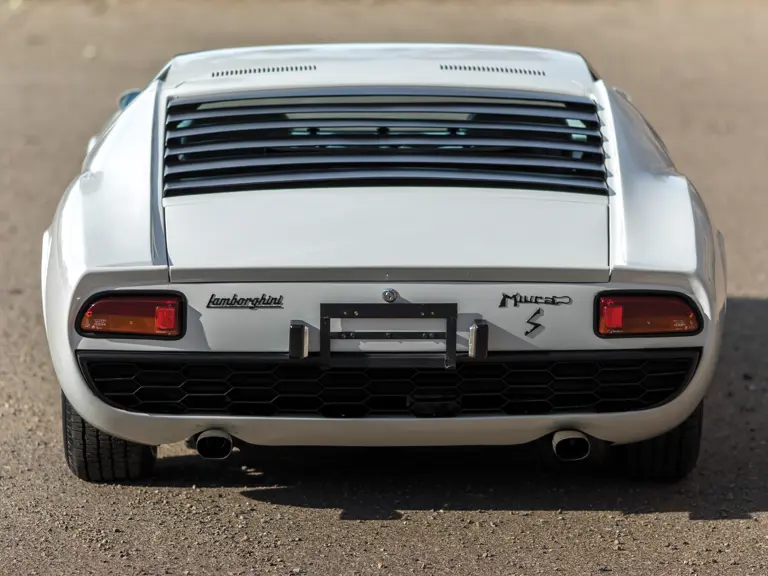

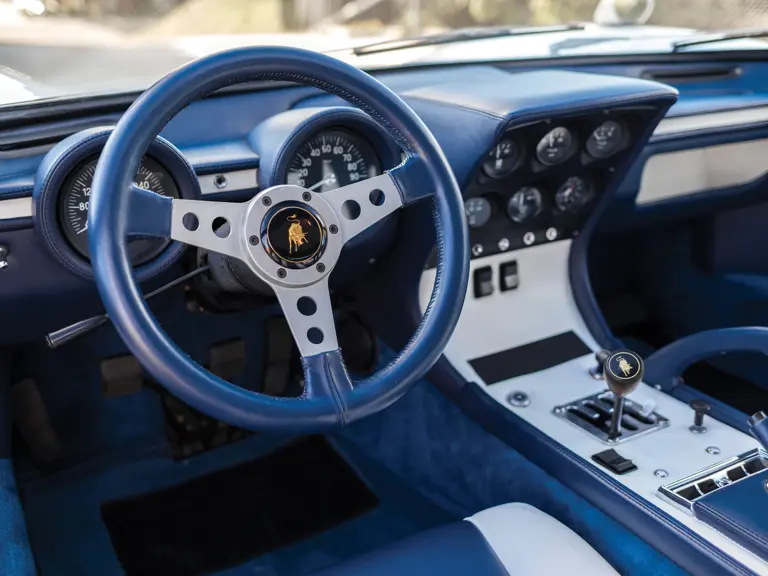
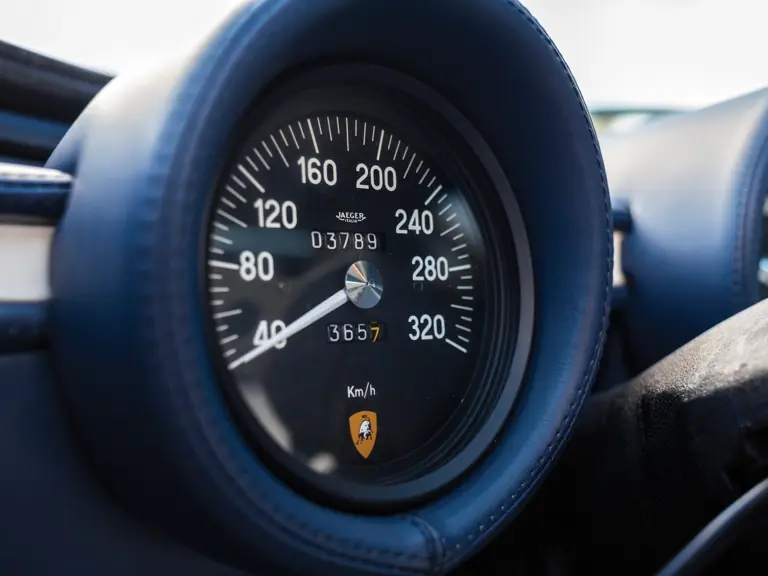
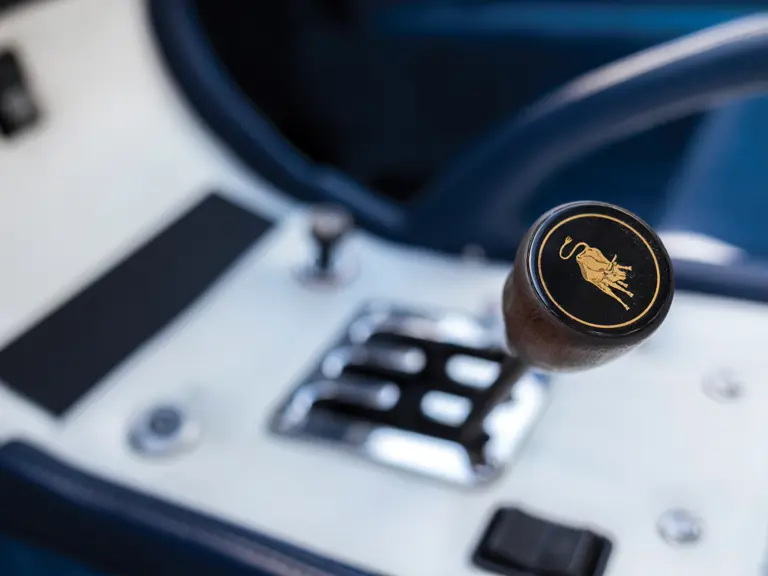
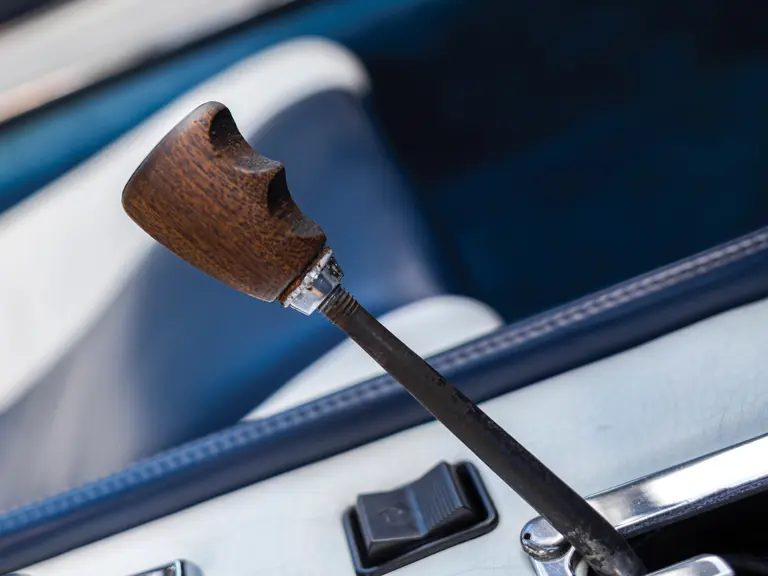
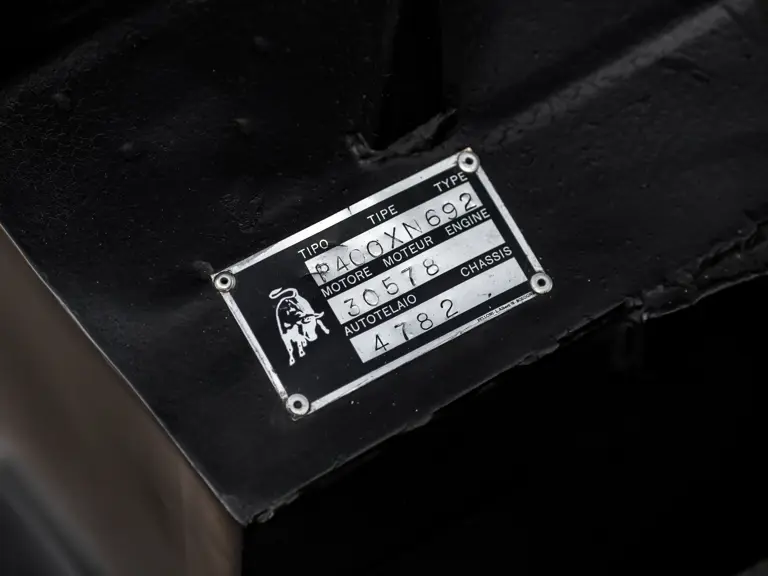
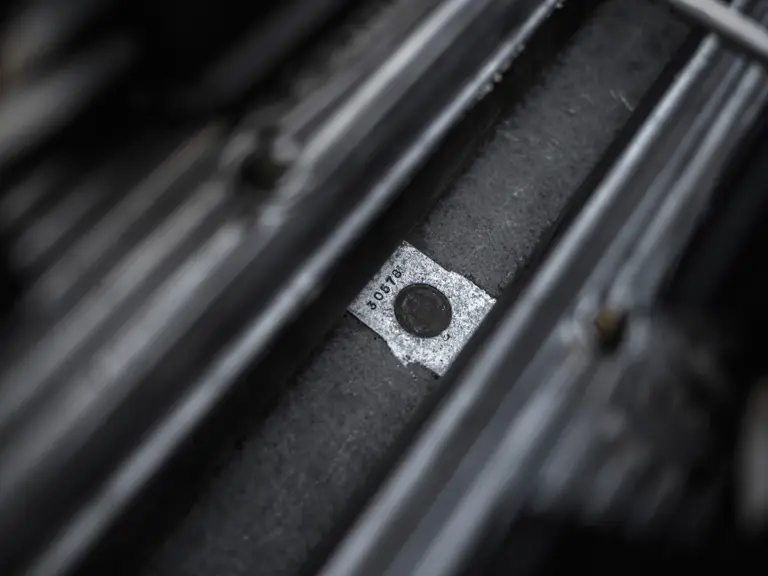
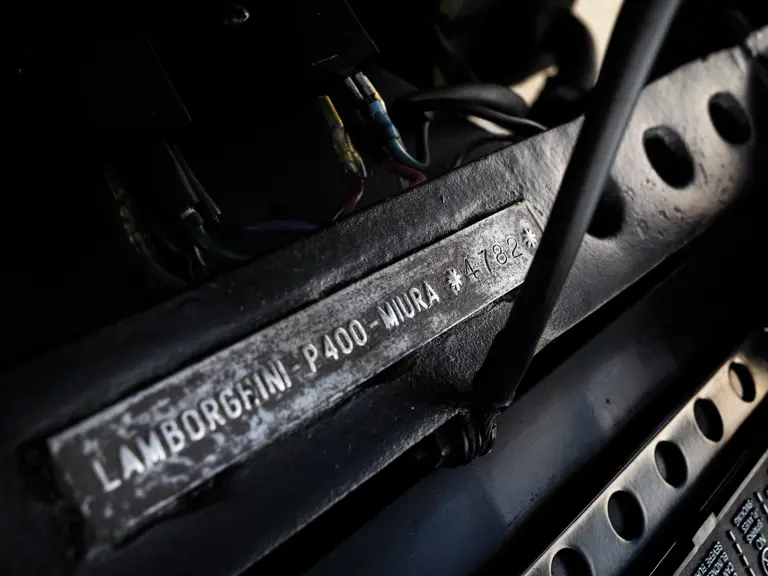

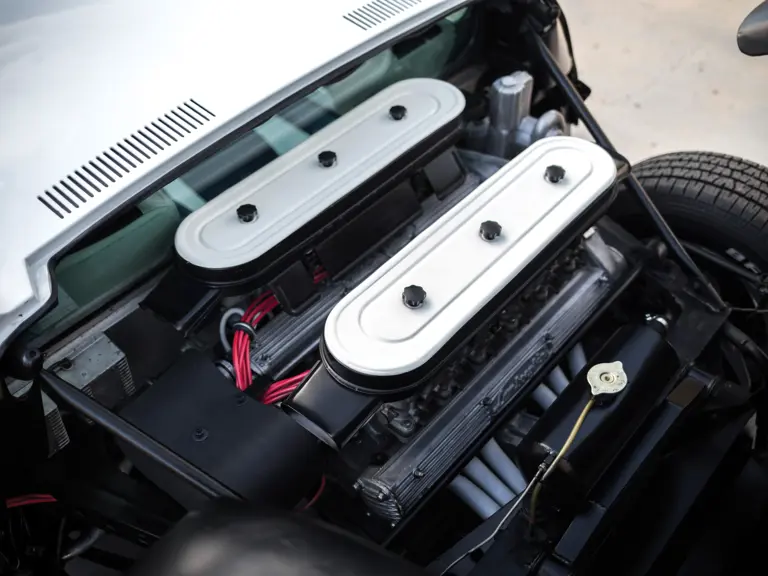

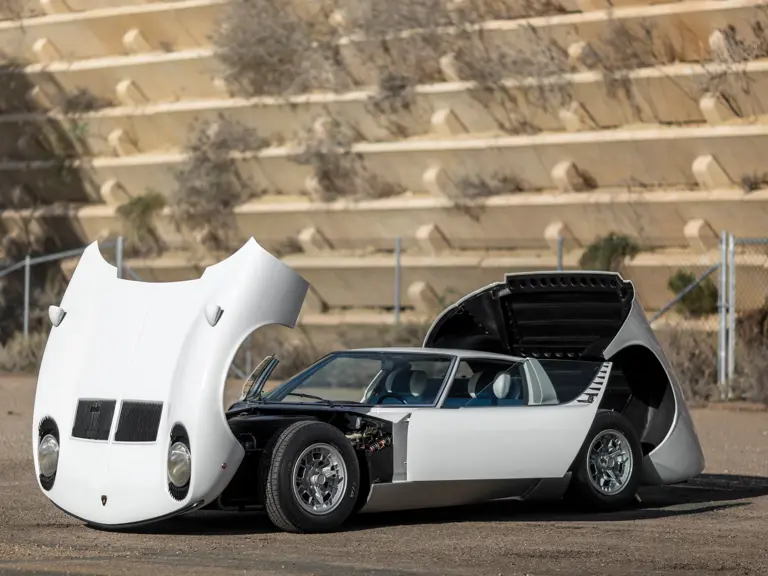
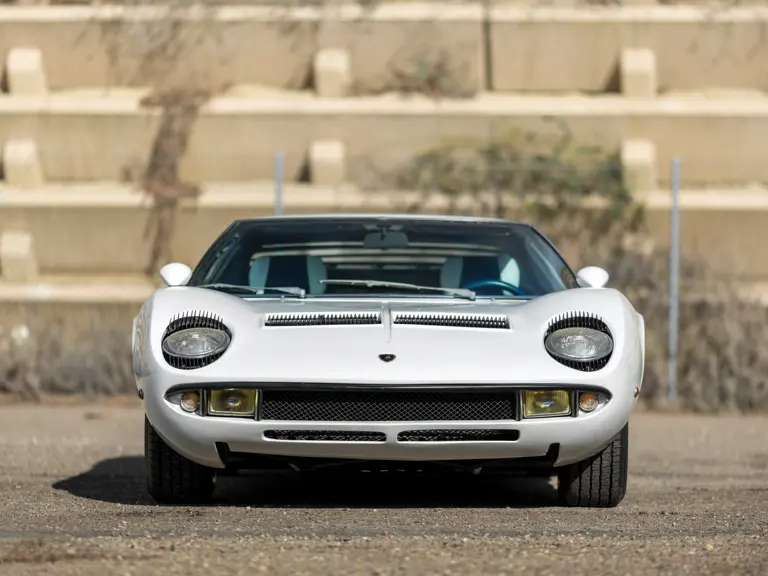
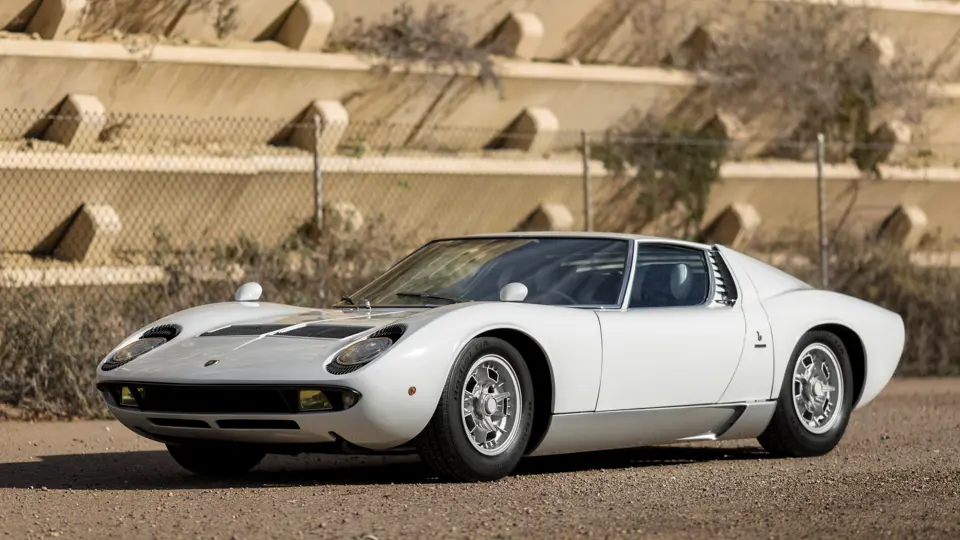
 | Phoenix, Arizona
| Phoenix, Arizona
